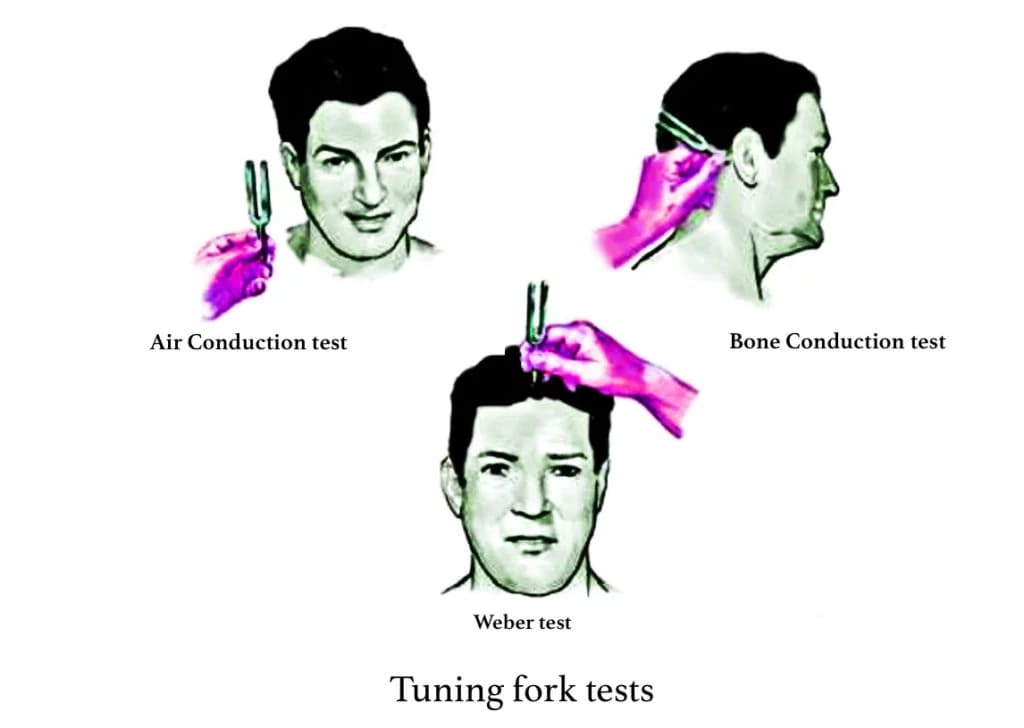
6 With plain radiography, a faint lucency may be seen at first, although stress fractures are usually identified by subsequent indirect findings: periosteal thickening or sclerosis, cortical changes with initial decreased density (“gray cortex”), and, more commonly, later callus formation, or endosteal thickening and sclerosis 5, 11 ( Figure 2).ĭespite limitations of cost and availability, MRI has replaced scintigraphy as the confirmation test used in most studies. One algorithm used in the military advocates radiography two weeks after the onset of symptoms (if symptoms persist), with repeat radiography the following week before performing more advanced imaging.

If the initial radiography is negative and an urgent diagnosis is not needed, repeat radiography may be performed after two to three weeks. 15 Plain radiography is usually negative initially but is more likely to become positive over time (e.g., initial sensitivity of 10 percent 4 sensitivity of 30 to 70 percent after three weeks 11). Plain radiography should be the first imaging modality considered because of its availability and low cost ( Table 3 4, 10 – 12, 15 – 17 Figure 1). Most commonly associated with L4 and L5 vertebrae confirm diagnosis with scintigraphy with single-photon emission computed tomography 14 Tenderness, extension-related pain during “stork” test (single-leg hyperextension/rotation) Soccer, gymnastics, volleyball, dancing, football, weightlifting Localized tenderness and swelling (with sacral fracture only) Urgent imaging is needed to identify underlying pathology Pathologic fracture, rectus femoris strain Groin pain, pain with activity, pain with passive hip range of movement

Running, walking, female athlete triad, cycling Morton neuroma may cause pain (with compression) between the third and fourth metatarsals Metatarsalgia may cause tenderness on metatarsal heads Plantar fasciitis may cause pain or tenderness along the fascia Plantar fasciitis, metatarsalgia, Morton neuroma Shin splints may cause pain along the posteromedial border of the distal tibia no abnormalities will appear on radiographyįoot or ankle pain, focal tenderness, swelling Medial tibial stress syndrome (shin splints) Shin pain, focal tenderness over anterior aspect of tibia, edema Running, walking, jumping, dancing, female athlete triad Prevention of stress fractures has been studied in military personnel, but more research is needed in other populations. Surgical consultation may be appropriate for patients with stress fractures in high-risk locations, nonunion, or recurrent stress fractures. After the pain is resolved and the examination shows improvement, patients may gradually increase their level of activity. Analgesics are appropriate to relieve pain, and pneumatic bracing can be used to facilitate healing. Treatment of stress fractures consists of activity modification, including the use of nonweight-bearing crutches if needed for pain relief. Both modalities have a similar sensitivity, but magnetic resonance imaging has greater specificity.

If an urgent diagnosis is needed, triple-phase bone scintigraphy or magnetic resonance imaging should be considered. When stress fracture is suspected, plain radiography should be obtained initially and, if negative, may be repeated after two to three weeks for greater accuracy. Medial tibial stress syndrome (shin splints) can be distinguished from tibial stress fractures by diffuse tenderness along the length of the posteromedial tibial shaft and a lack of edema. The differential diagnosis varies based on location, but commonly includes tendinopathy, compartment syndrome, and nerve or artery entrapment syndrome.

Stress fractures should be considered in patients who present with tenderness or edema after a recent increase in activity or repeated activity with limited rest. These injuries occur more commonly in lower extremities than in upper extremities. Stress fractures are common injuries in athletes and military recruits.


 0 kommentar(er)
0 kommentar(er)
